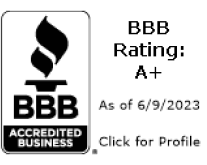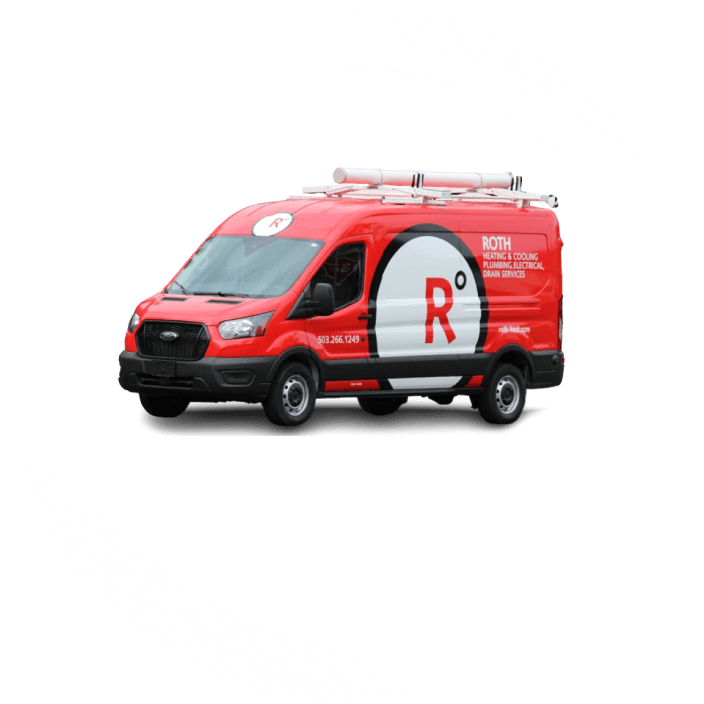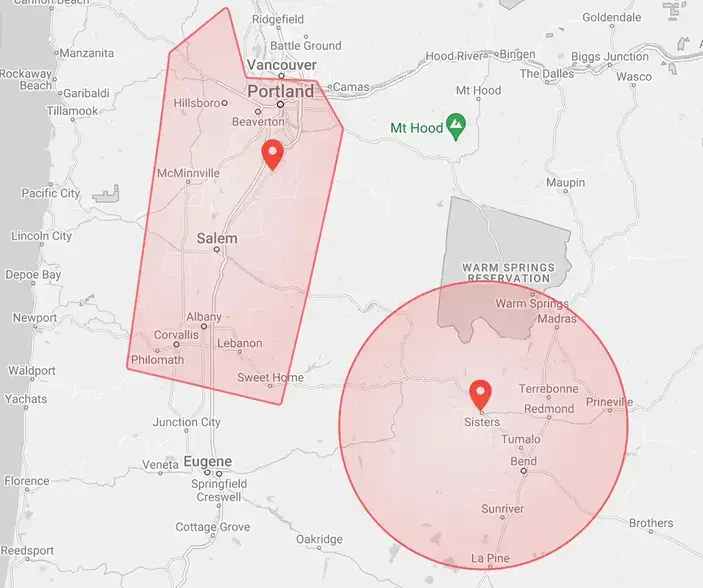Ductwork plays an essential role in your home’s forced-air heating and cooling system, delivering conditioned air to rooms, and then routing spent air back to the HVAC equipment to be heated or cooled again. But what happens when ducts deteriorate over time? The fact is that old ductwork can severely hamper the work of your HVAC system and even lead to contaminated indoor air.
That being the case, it’s important for homeowners to recognize signs that their ductwork is old, and may need to be repaired or replaced.
Four Signs That You Have Old Ductwork
- The first one is obvious; you know when the ducts were installed because you know when the house was built, and the same ductwork that delivered conditioned air on your home’s first day is still doing that job 25 years later (or however long).
- You’ve looked at exposed duct sections and have noticed rust or corrosion. Or maybe old duct tape is falling away from connections, and the duct sections themselves are loose or hanging.
- Your energy costs have been rising in recent years, and you haven’t been able to figure out why. Energy rates have been stable, and your household usage hasn’t changed. Leaky, loose ducts could be at fault.
- The force of air emerging from vents is inconsistent from room to room. This could be because duct runs to some rooms are leaking or blocked.
Faulty ductwork will reduce energy efficiency in your home, as heated or cooled air leaks into unconditioned areas such as wall cavities, the garage, attic or crawl space. Your equipment has to work harder to make up for lost air. Backdrafting also can occur with leaky ducts; dirty or contaminated air — or even carbon monoxide from nearby exhaust vents — can get sucked into ducts via leaks, and then get distributed in your house.
The best way to ascertain whether your old ductwork should be repaired or replaced is to schedule a comprehensive inspection by a trained technician. Please contact us at Roth Home & Cooling to set up a duct inspection in your Portland area home.














